https://coffeebrandcoffee.com/ promo code “thequartering”.
Get the latest international news and world events from around the world.
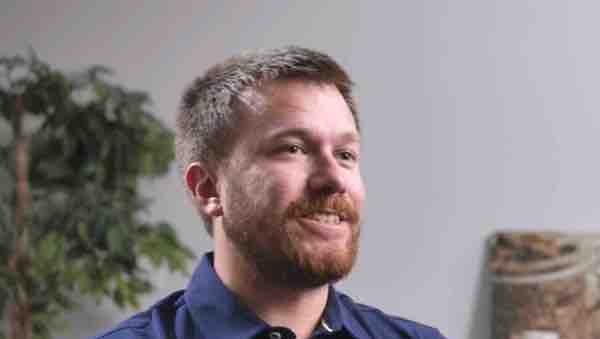
Thesun: Think of your domain name as an investment in a prime piece of online real estate
Launching your business with a premium name can be like opening a retail store in a busy shopping district.
Due to their short and memorable nature, many premium domains already receive significant type-in traffic. Your organization can utilize this established presence and existing traffic to attract customers, build your brand and gain recognition as an industry leader.
You need a name that will resonate with your customers. The intuitive, memorable nature of premium names makes them ideal. A memorable name can be easier to brand and helps increase the likelihood of customers finding you, over your competitor.
Hugo de Garis interview — part 3 — Terrans, Cosmists & Cyborgs 2010/10/09 007–1
Interview with Hugo in Melbourne after the Singularity Summit Australia 2010, conducted by Adam A. Ford.
Terrans, Cyborgs and Cosmists — Varieties of human groups. Species dominance.
Bio: Prof. Dr. Hugo de Garis, 63, has lived in 7 countries. He recently retired from his role of Director of the Artificial Brain Lab (ABL) at Xiamen University, China, where he was building China’s first artificial brain. He and his friend Prof. Dr. Ben Goertzel have just finished guest editing a special issue on artificial brains for Neurocomputing journal (December 2010), the first of its kind on the planet.
He continues to live in China, where his U.S. savings go 7 times further, given China’s much lower cost of living. He spends his afternoons in his favorite (beautiful) park, and his nights in his apartment, intensively studying PhD-level pure math and mathematical physics to be able to write books on topics such as femtometer scale technology (“femtotech”), topological quantum computing (TQC), as well as other technical and sociopolitical themes.
He is the author of two books: The Artilect War: Cosmists vs. Terrans : A Bitter Controversy Concerning Whether Humanity Should Build Godlike Massively Intelligent Machines (2005) and Multis and Mono: What the Multicultured Can Teach the Monocultured: Towards the Creation of a Global State (2010). Both these books are concerned with the political consequences of future technologies.
He labels his new lifestyle “ARCing” (After-Retirement Careering), feeling freed from wage slavery, spending (probably) the remaining 30 years of his life pursuing with passion those deep and interesting topics that truly fascinate him, without having to waste huge amounts of time writing an endless stream of relatively unread, un-meaningful, short-horizon scientific papers or research grant proposals just to receive a salary. He feels liberated from all that, and can recommend ARCing to anyone with sufficient savings (i.e… to take up “wage free careering in the third of life”).


The Twitter account that tracks Elon Musk’s private jet has been shadowbanned, its owner says
A Twitter user who runs an account which tracks Elon Musk’s private jet says it has been shadowbanned since Musk bought the platform.
Jack Sweeney, the person behind the jet tracking account, ElonJet, took to Twitter on Sunday to accuse the social media platform of suppressing the automated account.
In a thread Sweeney dubbed, “My Twitter Files,” he claimed an anonymous Twitter employee informed him that his ElonJet account was “visibility limited/restricted to a severe degree internally” on December 2.
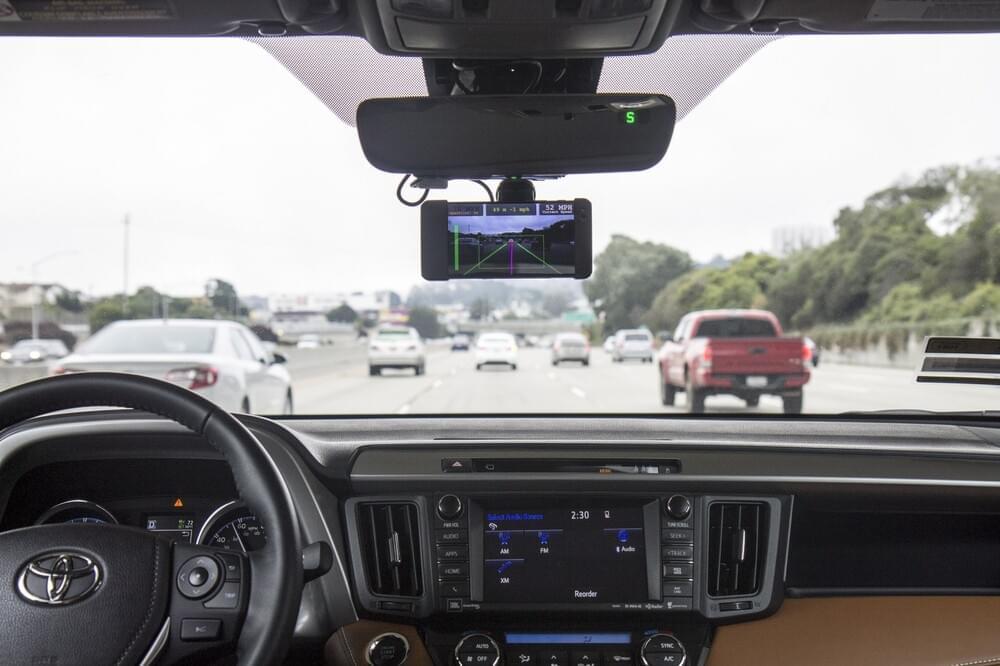
Comma AI founder George Hotz is stepping down from the company
George Hotz, the 32-year-old CEO of Comma AI who made a name for himself as the hacker “geohot” when he was just a teenager, announced that he is stepping away from his company on his GitHub page. According to Hotz, he no longer feels “capable” to continue leading the driver-assist technology company he created seven years ago.
Hotz has had a long history in the tech industry despite his young age. He gained notoriety in hacker communities at the age of 17 after becoming the first person to carrier unlock the iPhone. He also bumped heads with Sony a few years later for hacking the PlayStation 3.
Hotz also got into a disagreement with Elon Musk in 2015 after Musk allegedly wanted to hire him because he thought he could improve Tesla’s Autopilot software. Hotz later founded Comma AI, which focused itself on driver-assist technologies. In true hacker fashion, Hotz’s autonomous driving code, “openpilot,” was posted online for free. 
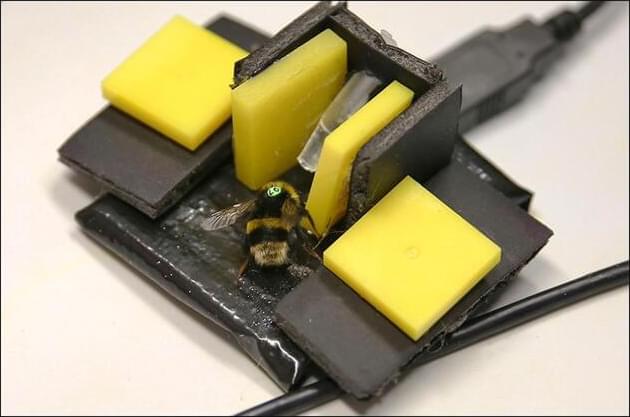
Bees may feel pain
We swat bees to avoid painful stings, but do they feel the pain we inflict? A new study suggests they do, a possible clue that they and other insects have sentience—the ability to be aware of their feelings.
“It’s an impressive piece of work” with important implications, says Jonathan Birch, a philosopher and expert on animal sentience at the London School of Economics who was not involved with the paper. If the study holds up, he says, “the world contains far more sentient beings than we ever realized.”
Previous research has shown honey bees and bumble bees are intelligent, innovative, creatures. They understand the concept of zero, can do simple math, and distinguish among human faces (and probably bee faces, too). They’re usually optimistic when successfully foraging, but can become depressed if momentarily trapped by a predatory spider. Even when a bee escapes a spider, “her demeanor changes; for days after, she’s scared of every flower,” says Lars Chittka, a cognitive scientist at Queen Mary University of London whose lab carried out that study as well as the new research. “They were experiencing an emotional state.”
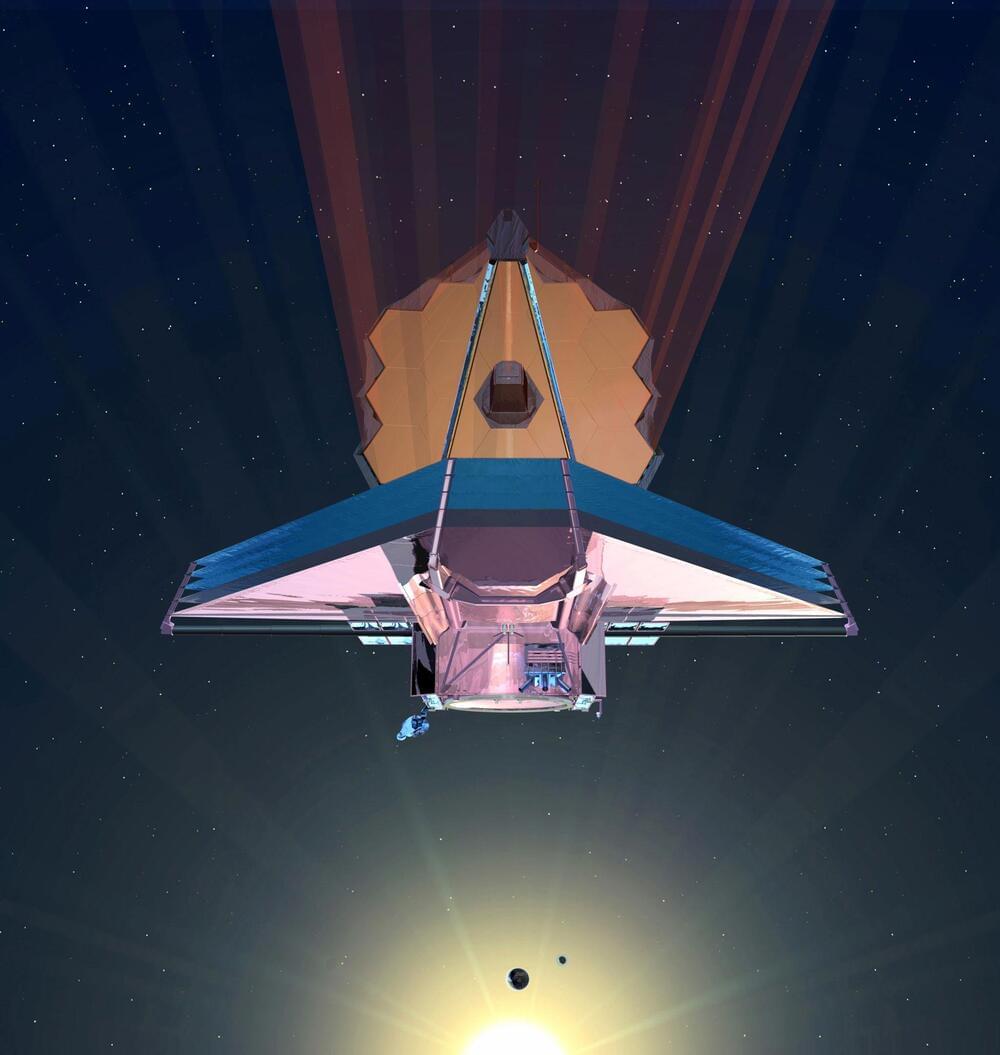
Major Milestone: NASA’s Webb Space Telescope Discovers Earliest Galaxies in the Universe
Astronomers report the most distant known galaxies — detected and confirmed by the James Webb Space Telescope.
The James Webb Space Telescope (JWST or Webb) is an orbiting infrared observatory that will complement and extend the discoveries of the Hubble Space Telescope. It covers longer wavelengths of light, with greatly improved sensitivity, allowing it to see inside dust clouds where stars and planetary systems are forming today as well as looking further back in time to observe the first galaxies that formed in the early universe.
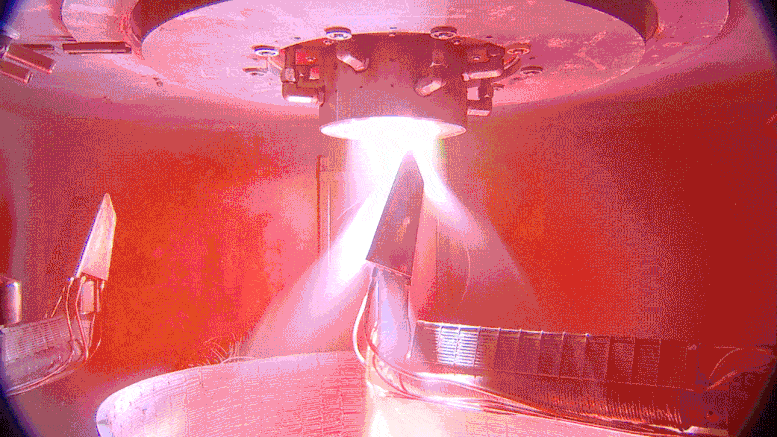
After 15 Years and 1,000 Tests — Is Orion’s Heat Shield Ready To Take the Heat?
When Artemis I launched on Wednesday, November 16, NASA
Established in 1958, the National Aeronautics and Space Administration (NASA) is an independent agency of the United States Federal Government that succeeded the National Advisory Committee for Aeronautics (NACA). It is responsible for the civilian space program, as well as aeronautics and aerospace research. Its vision is “To discover and expand knowledge for the benefit of humanity.” Its core values are “safety, integrity, teamwork, excellence, and inclusion.”

New Research Reveals How Fear Get Stuck in Brains
A biological mechanism has been identified by researchers at Linköping University in Sweden that increases the strength with which fear memories are stored in the brain The research, conducted in rats, was published in the scientific journal Molecular Psychiatry. It provides new insights into the processes behind anxiety-related disorders and identified shared mechanisms of anxiety and alcohol dependence.
The ability to feel fear is critical for escaping life-threatening circumstances and learning how to avoid them in the future. However, in certain conditions, such as post-traumatic stress disorder (PTSD
Post-traumatic stress disorder (PTSD) is a psychiatric disorder that develops in some people who have experienced or witnessed a shocking, scary, or dangerous event.